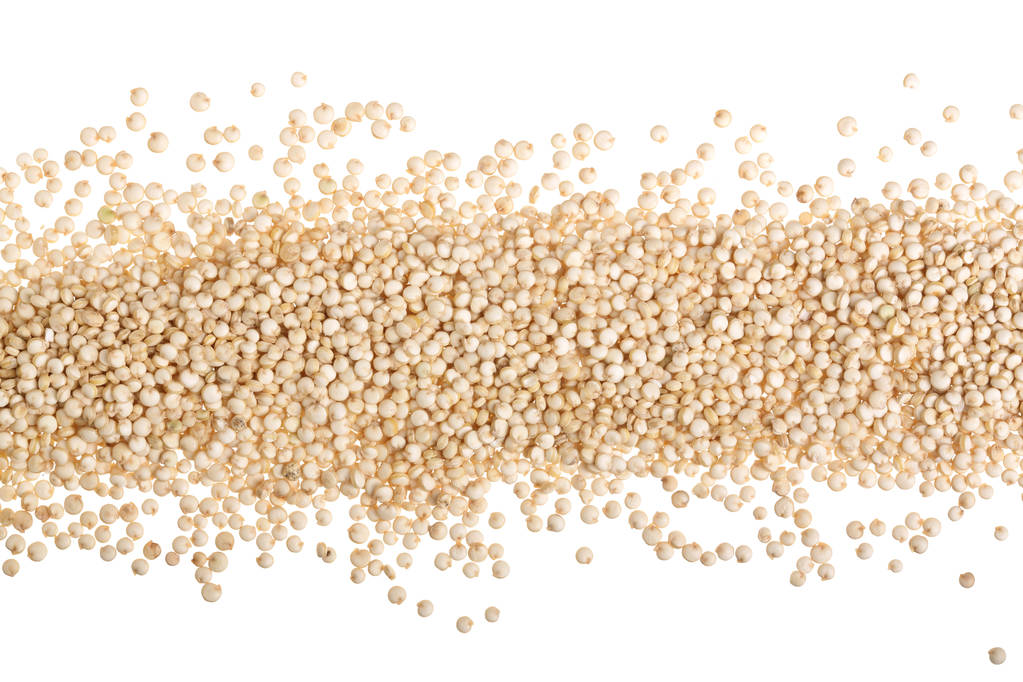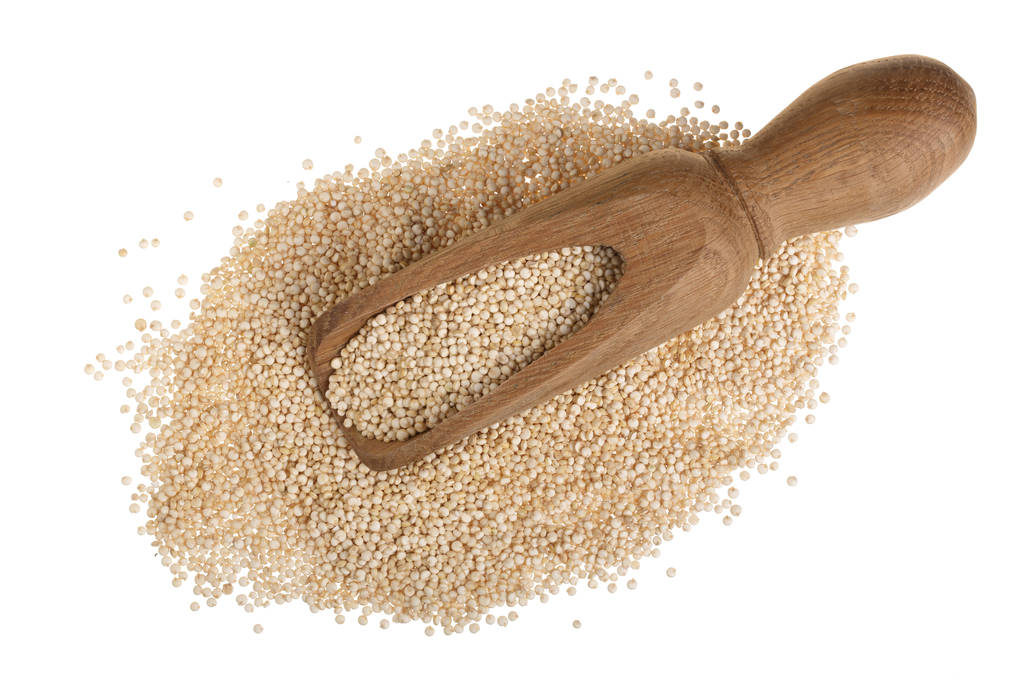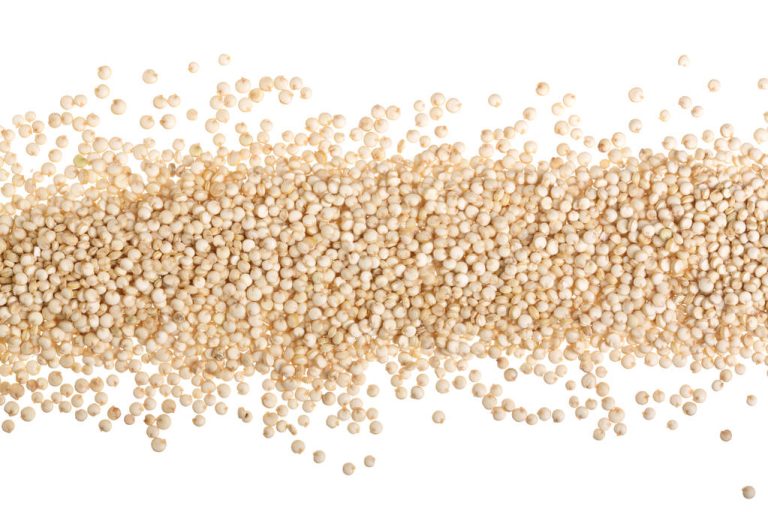You can use pseudo grains in the kitchen in almost the same way as real grains. The grains are healthy and gluten-free. However, they are not necessarily sustainable.

What is pseudo grain?
Pseudo grain is the umbrella term for grains that you can use in a similar way to grain. However, they do not officially belong to the sweet grasses – the genus to which cereals belong – but to other plant families. So, botanically, it is not a grain.
The most well-known pseudocereals are:
Amaranth from the foxtail family
Buckwheat, a plant species of the knotweed family
Quinoa, also a foxtail plant

Pseudo grains: advantages and disadvantages
Pseudo grains are popular alternatives to real grains because they offer a number of benefits:
They are gluten-free: pseudocereals do not contain gluten and are therefore also suitable for people with gluten intolerance
They have more protein and fiber than grains: amaranth, for example, contains more than three times the calcium of conventional grains. Pseudo-cereals can be important sources of protein, especially in a plant-based diet.
Their carbohydrate content is low: the consumption of pseudo-cereals does not have such a strong effect on the blood sugar level. This makes pseudocereals a good grain alternative for people who have problems with their blood sugar.
A major disadvantage of all pseudocereals is that they are not native plants. In Germany, they cannot compete with domestic crops and only bring a small harvest. The yield fluctuates greatly, making cultivation very uncertain for farmers.

